The Ultimate Maintenance Guide for HVAC Ultraviolet Lights
Let’s be real, we rarely think about the air we’re breathing inside our own homes. We just assume it’s… fine. But have you ever considered the journey it takes? That same air cycles through your vents, past your filter, and across the dusty, hidden corners of your HVAC system. While it’s getting warmed up or cooled down, it’s also picking up invisible hitchhikers: mold spores, bacteria, viruses, and all sorts of allergens. Your standard filter is a decent first catch, but it’s not a forcefield against these microscopic stowaways.
This is where adding an HVAC UV light can feel like a game-changer. It’s like installing a silent, 24/7 guardian that purifies air in a way a filter never could. It’s a fantastic piece of tech.
But here’s the catch nobody really talks about at the point of sale: that “install it and forget it” feeling is completely wrong. I learned this the hard way. The truth is, an HVAC UV light is a lot like a swimming pool. The initial install is one thing, but the real magic—and the real work—is in the ongoing upkeep. Without it, that powerful guardian slowly becomes a dim, dusty relic, giving you a false sense of security while it just… hangs out.
So, let’s break down how to actually take care of this thing, in plain English. A little bit of know-how will protect both your health and your wallet in the long run.
First, Let’s Get a Few Things Straight
Before we get our hands dirty, there are a few non-negotiables to get through.
- The Light DoesFade: It’s not like a regular lightbulb. Even if it’s still giving off that cool blue glow, its germ-fighting power takes a nosedive after about a year. Swapping it out annually isn’t a suggestion—it’s the rule.
- Dust is Its Worst Enemy:This one surprised me. A barely-there film of dust on the glass is like putting sunscreen on the bulb. It blocks the very rays you paid for. A quick wipe-down is the easiest performance boost you can give it.
- Safety Isn’t a Joke:We’re dealing with electricity and UV-C radiation. This isn’t a casual affair. Always, and I mean always, kill the power at the breaker before you even look at the unit.
- You Can’t Do It All Yourself:Basic cleaning? Absolutely. But a once-a-year visit from a pro is non-negotiable for the nitty-gritty stuff.
How Does This HVAC UV Light Thing Actually Work?

It sounds like something from a sci-fi movie, but the concept is pretty simple. These systems use something called UV-C light. This specific wavelength is germicidal, meaning it absolutely wrecks the DNA and RNA of microorganisms. It shreds their genetic code, stopping them from multiplying and effectively turning them into harmless little specks.
Most homes have one of two setups:
- Coil-Sanitizing Lights:These are mounted inside your air handler, pointed right at the evaporator coil. That coil is dark, damp, and cool—basically a five-star hotel for mold and mildew. The UV light stops the party, which keeps your system running efficiently (a dirty coil makes your AC work way harder!), stops musty smells from blowing through your house, and cleans things up.
- Air-Sanitizing Lights:These get installed in your return air ducts. Their job is to create a “kill zone” that every bit of air in your house has to pass through. As nasties float by, they get zapped, cleaning the air itself before it heads back to your living room.
A lot of whole-home systems use both for a complete one-two punch.
Your DIY Guide to Not Messing It Up
You don’t need to be a certified technician for the basic stuff. Here’s how to handle the upkeep without breaking a sweat.
Grab This Stuff First:
- A soft, lint-free microfiber cloth (the kind you’d use on glasses)
- Some rubbing alcohol
- Safety glasses (better safe than sorry)
- Cotton gloves (optional, but smart)
Step 1: For the Love of Pete, TURN THE POWER OFF!
I’m not kidding. This is the most important thing you’ll read here.
- First, crank your thermostat to “OFF.”
- Next, march yourself to your breaker box and find the switch that controls your furnace or air handler. Flip it to “OFF.”
- Pro Dad Tip:Put a piece of tape over that breaker and write “STAY OFF – HVAC WORK!” on it. This prevents a well-meaning family member from plunging you into darkness (or worse) by turning it back on.
Step 2: Get In There
Find the little panel on your air handler or ductwork that covers the UV unit. It’s usually held on by a couple of screws or a simple latch. Take it off carefully and set it aside.
Step 3: Just Look for a Second
Before you grab anything, give it a good look.
- Does the bulb look black or is it flickering? It’s probably toast.
- Can you see a layer of gray dust on the tube? That’s your problem right there.
Step 4: The Actual Cleaning Part
- Handling the Bulb:Whatever you do, don’t touch the glass part with your bare hands. The oils from your skin will create hot spots when it’s on and can make the glass crack. Use the cotton gloves or just handle it very carefully by the metal ends.
- The Main Event:Gently unplug or unscrew the bulb. Dab your cloth with a little rubbing alcohol and gently wipe down the entire glass tube to get all the gunk off. Let it air dry completely for a minute—any leftover alcohol will burn off fast once it’s powered up.
Step 5: Put It Back Together
Once the bulb is totally dry, plug it back in securely. Pop the access panel back on and screw it in tight. Finally, take a walk back to the breaker box and bring the system back to life.
Why You Still Gotta Call a Pro Once a Year
Look, you can handle the cleaning. But here’s why an annual visit from an HVAC technician is worth every penny.
- They Handle the Bulb Swap:They’ll have the exact right high-output bulb in their truck and will get it installed perfectly. No guesswork.
- They Check the Guts (The Ballast):The ballast is the power supply for the light. A tech can test it to make sure it’s sending the right voltage. A bad ballast will kill a new bulb in no time.
- They Make Sure It’s Actually Aimed Right:A light that’s shifted over time isn’t doing its job. They’ll make sure it’s pointed correctly so you’re actually zapping the coil or the air stream.
- They Do a Full Safety Once-Over:This is the big one. They’ll check for any UV light leaks from the housing and inspect all the wiring, making sure your family is safe from any accidental exposure.
Getting an HVAC UV light is a solid move for your home’s air and your system’s health. Spending a few minutes every few months on a quick clean and then calling a pro like Lockey heating and air for an annual tune-up is all it takes. Do that, and you can actually breathe easy, knowing that silent guardian is on duty and working properly.
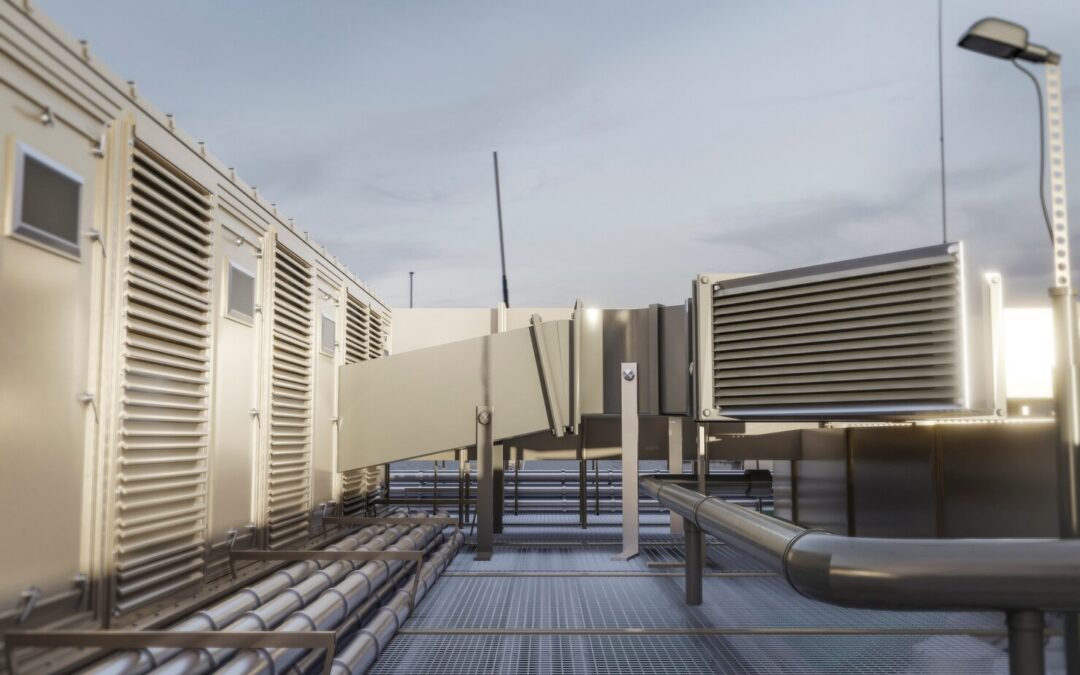
Why Homeowners in Central Texas Are Switching to Ductless Systems
You know exactly how it is here. Summer rolls in, you turn the AC down low, and what happens? The living room gets frosty…
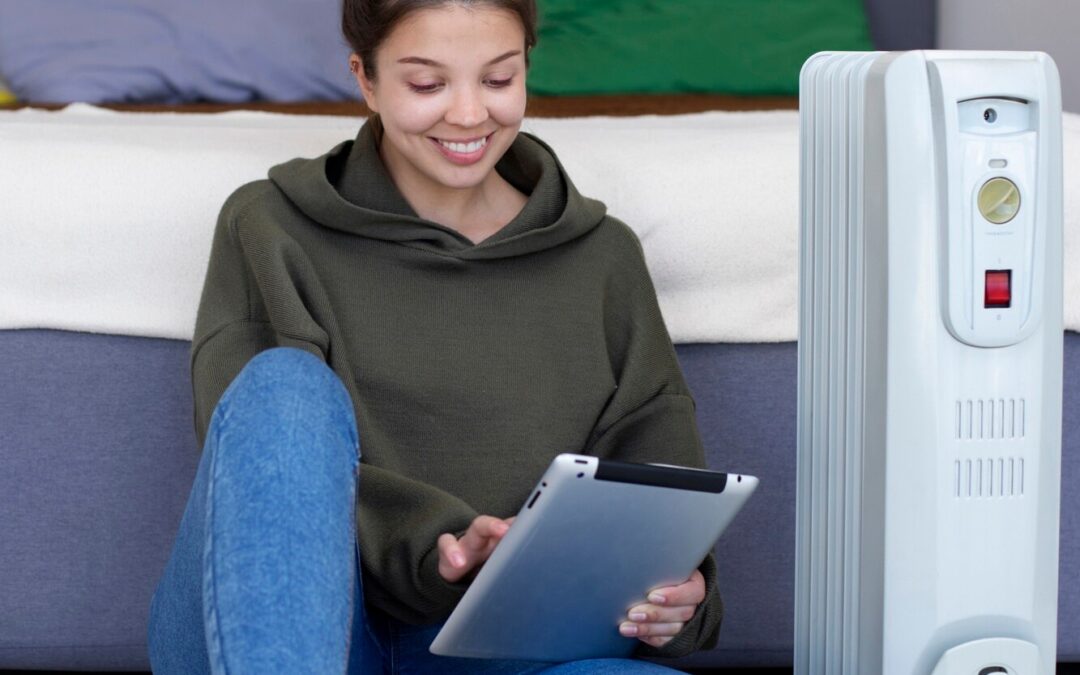
Is Your HVAC System Costing You Too Much? A Smart Thermostat Might Be the Fix
Man, opening that monthly energy bill can feel like a punch in the gut, can’t it? You look at the number for your heating…
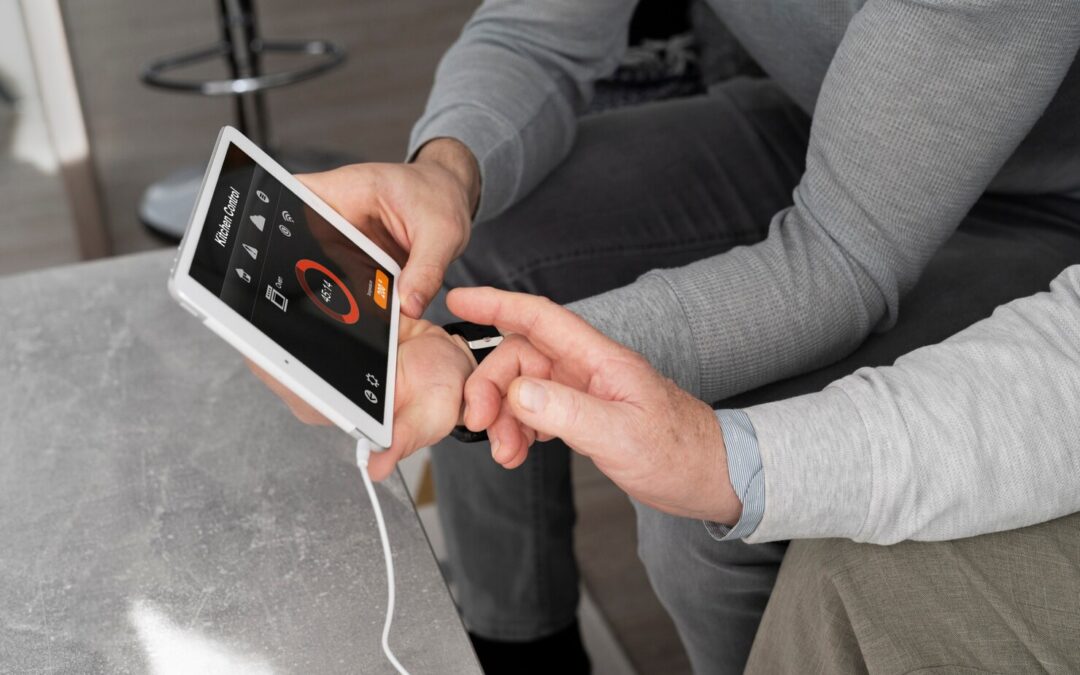
How Smart Thermostats Improve HVAC Performance and Reduce Bills
Let’s be honest. For most of us, the thermostat is that thing on the wall we poke at when we’re too hot or too cold…
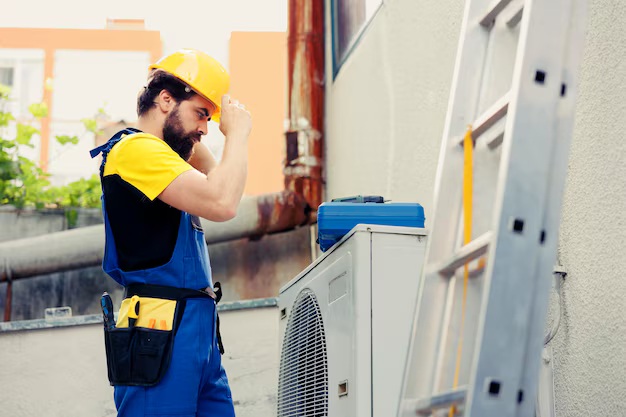
Why Regular HVAC System Maintenance Is So Important in Central Taxes
Let’s be real. Around here, from around San Angelo to over to Waco and down through Austin, we have a special relationship with our air conditioning…
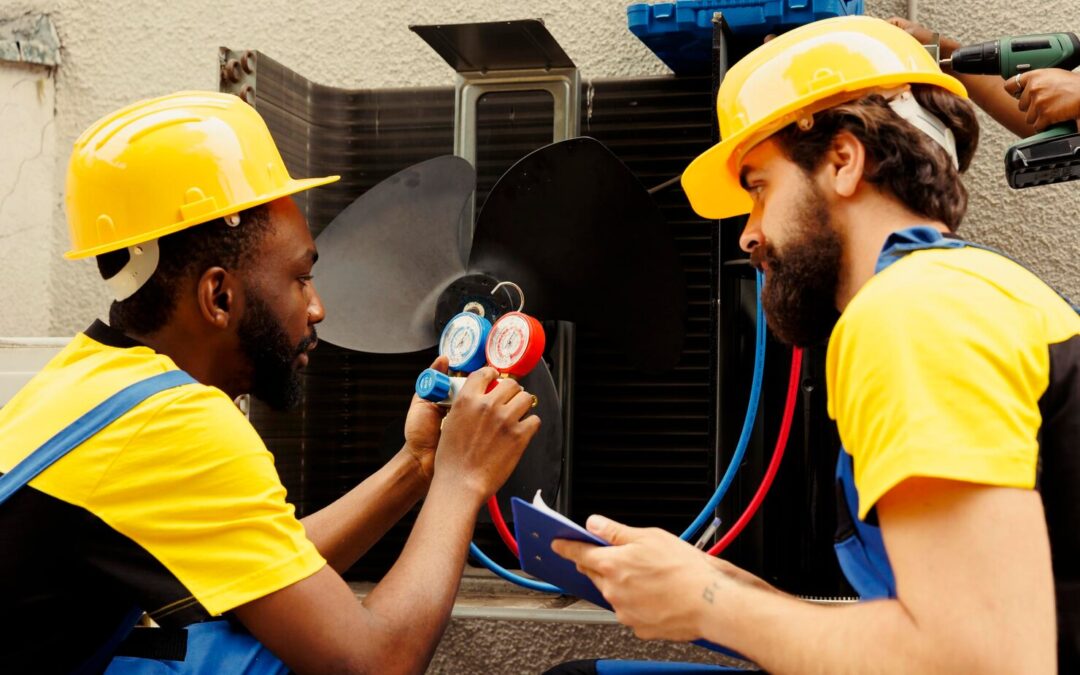
I Skipped My HVAC Service for a Year — Here’s What Happened
Hey, neighbors. Let me tell you a little story about a mistake I made last year. It’s a tale as old as time here in Central Texas…
